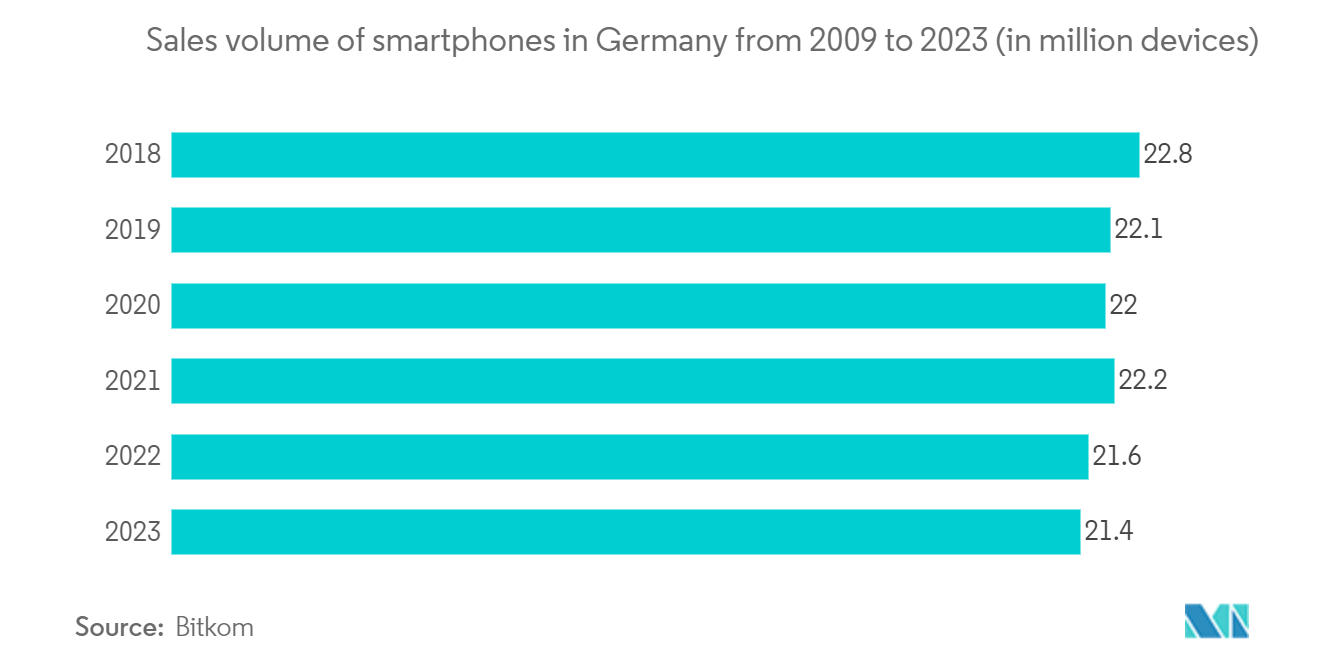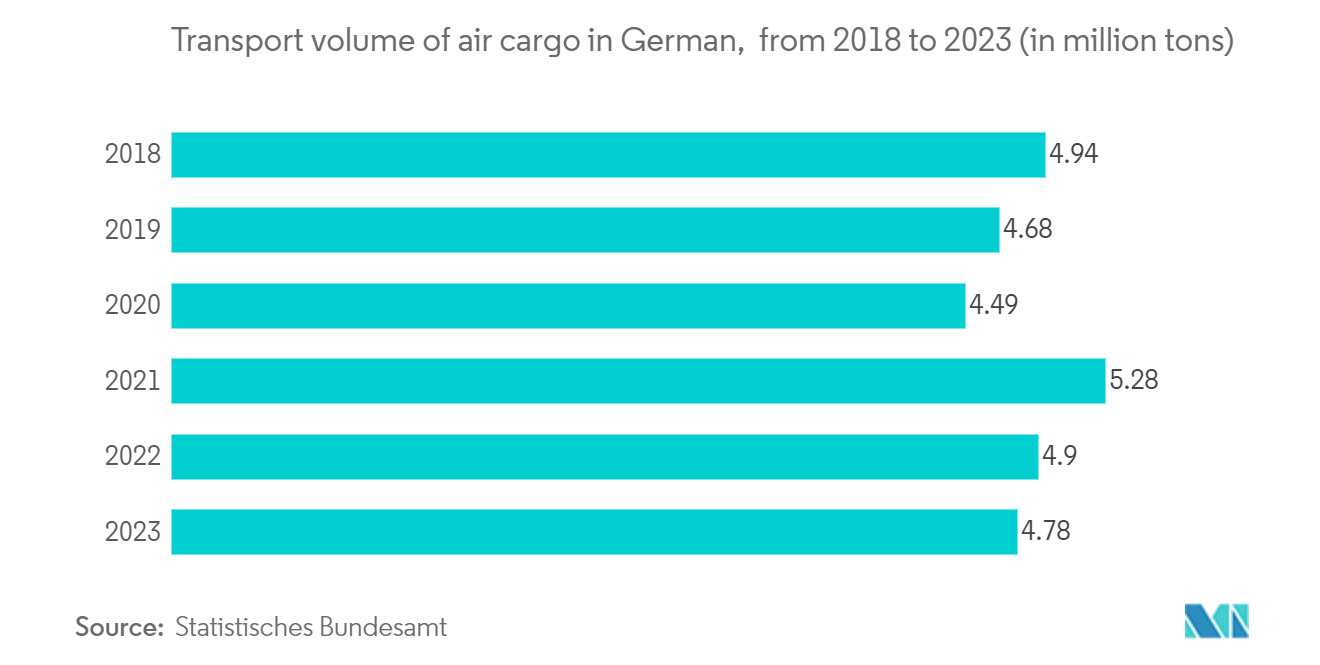Market Trends of Germany Location-based Services Industry
Growing Demand for Geo-based Marketing
- The increased demand for geo-based marketing mainly drives the adoption and development of geolocation services in this country. Location-based services (LBS) use the location of the user's geographical position to provide personalized, relevant offers, information, and advertising.
- Geo-based marketing uses location data, which is based on physical proximity to businesses or points of interest, in order to reach customers. Businesses will be able to send highly targeted and quick marketing messages to potential clients through this approach.
- Moreover, the surge in usage of smartphones and other mobile devices equipped with GPS technology has substantially contributed to LBS. On the basis of real-time or historical location information, mobile apps and platforms can collect data on users' locations with a view to providing them with tailored content, recommendations, and advertisements.
- Furthermore, healthcare organizations leverage geo-based marketing to identify given communities or areas that need health services or education. By concentrating resources on these areas, providers can increase awareness, provide health screenings, or provide preventive care programs tailored to the demands of the local population.
- During the COVID-19 pandemic, several countries, including Germany, developed and deployed contact tracing apps to help curb the spread of the virus. Germany's "Corona-Warn-App" is an excellent example of a location-based service. It uses Bluetooth technology to detect and log interactions with other app users in close proximity. If a user tests positive for COVID-19, the app sends notifications to individuals who may have been exposed, providing guidance on testing and self-isolation. This technology relies on location data to alert users about potential exposure risks while preserving their privacy. It demonstrates how location-based services can be used for public health purposes, contributing to the safety and well-being of the population.

Transportation and Logistics sector holds a substantial share in the market
- With a view to improving their operations and increasing efficiency, the transportation and logistics sector is increasingly taking advantage of LBS services. LBS provides companies with effective route optimization, efficient allocation of resources, and improved overall fleet management by enabling real-time vehicle tracking and monitoring. The precise location data, speed, and other pertinent information on the vehicle are provided by GPS trackers integrated into location-based services.
- By tracking the location of goods and assets at individual stages, LBS makes it possible to provide a more complete view of the supply chain. Logistic managers can monitor the movements of goods, foresee potential delays, and perform proactive exceptions on an ad hoc basis.
- In May 2022, Pozyx, a provider of real-time location systems and advanced real-time tracking solutions, introduced its new Pozyx Software Platform, which is a future-proof asset tracking and identification solution for seamless indoor and outdoor tracking based on the omlox hub and assists multiple location technologies.
- Overall, location services have become a key aspect in the transport and logistics sector, which enables efficient operations, improves customer experience, and enhances supply chain management.


